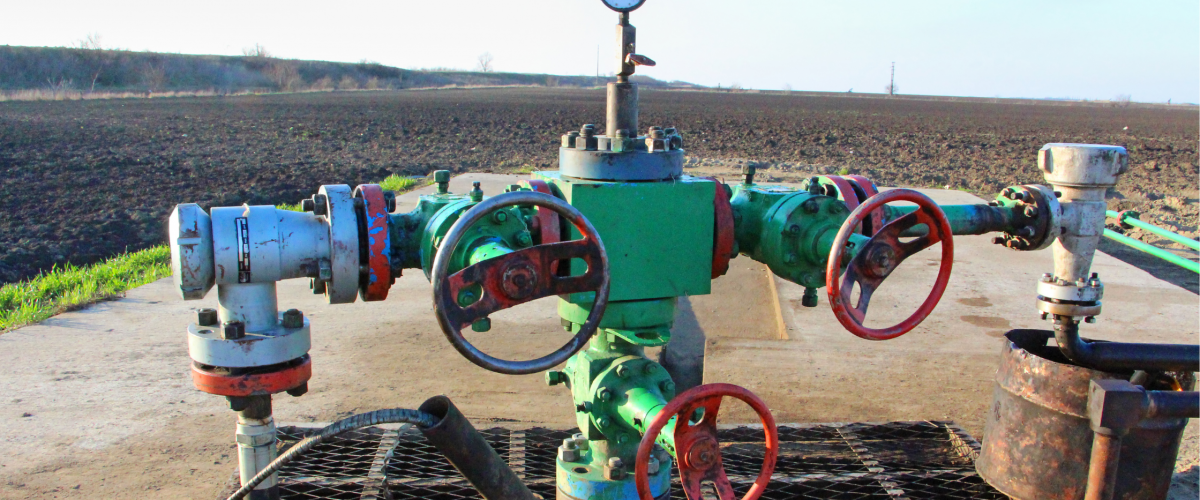In an industry where downtime can cost millions and safety is paramount, the oil and gas sector is rapidly embracing digital innovation. Among the most transformative technologies in recent years is the Internet of Things (IoT). From upstream drilling rigs to downstream refineries, IoT is reshaping how petroleum equipment is monitored, maintained, and managed, unlocking new levels of efficiency, reliability, and safety.
What is IoT in the Context of Oil and Gas?
The Internet of Things refers to a network of connected sensors, devices, and systems that collect and exchange real-time data. In petroleum operations, IoT enables machines, valves, pumps, pipelines, and even vehicles to “talk” to each other and to control centers—providing unparalleled visibility into asset health and performance.
Smarter Monitoring: Real-Time Data from Every Asset
Traditionally, monitoring petroleum equipment involved manual inspections, scheduled maintenance, and reactive repairs. IoT changes the game by providing continuous, real-time monitoring of equipment performance through sensor networks.
Examples of IoT Monitoring Applications:
-
Vibration sensors on pumps and compressors detect early signs of mechanical wear.
-
Temperature and pressure sensors monitor pipeline integrity.
-
Flow meters and level gauges track fluid movement and tank levels.
Result: Operators can detect issues instantly, prevent equipment failure, and avoid costly downtime.
Predictive Maintenance: Fixing Problems Before They Happen
One of the most powerful benefits of IoT in the petroleum industry is predictive maintenance. By analyzing sensor data with machine learning algorithms, systems can predict when a piece of equipment is likely to fail—and schedule maintenance before it does.
Benefits Include:
-
Reduction in unplanned shutdowns
-
Lower maintenance costs
-
Extended equipment lifespan
-
Improved workforce safety
Real-world impact: A refinery might avoid a million-dollar outage by replacing a bearing or seal just in time, thanks to predictive analytics driven by IoT.
Condition-Based Alerts and Remote Diagnostics
IoT-enabled systems can trigger automated alerts when specific thresholds are exceeded—whether it’s pressure spikes, leaks, temperature anomalies, or reduced flow rates. These alerts can be sent directly to control rooms, smartphones, or remote operation centers.
In remote locations such as offshore platforms or desert pipelines, remote diagnostics enabled by IoT reduce the need for on-site intervention, saving time and lowering risk.
Asset Optimization and Operational Efficiency
Beyond maintenance, IoT enables holistic asset performance management. By aggregating data from multiple machines and locations, operators can optimize:
-
Energy consumption
-
Equipment utilization
-
Production scheduling
-
Spare parts inventory
This level of insight helps eliminate inefficiencies and reduce operating expenses across the board.
Case Study: IoT in Action
A major oil producer implemented an IoT-based monitoring system for its fleet of onshore pumps. Equipped with smart sensors and cloud-based analytics, the system identified unusual vibration patterns in one unit—indicating a misalignment. The issue was corrected within hours, avoiding a potential shutdown and saving over $200,000 in lost production and repair costs.
Security and Data Integration Challenges
While the advantages of IoT are clear, it’s essential to address:
-
Cybersecurity risks: IoT systems must be hardened against potential attacks.
-
Data integration: Connecting legacy systems with modern platforms requires robust middleware solutions.
-
Network reliability: Especially in remote areas, secure and stable connectivity is vital.
Companies that address these challenges effectively will be better positioned to maximize the ROI of their IoT investments.
The Future: Autonomous Maintenance and AI Collaboration
Looking ahead, the combination of IoT and AI will drive even more advanced capabilities:
-
Self-healing systems that auto-correct minor issues
-
Drones and robots guided by IoT sensors for inspections
-
Digital twins of equipment for simulation-based maintenance planning
As technology matures, petroleum maintenance will shift from reactive and scheduled models to fully automated, condition-based systems that optimize themselves in real time.
Conclusion: A New Era of Intelligence in Oilfield Operations
IoT is no longer a futuristic concept—it’s a present-day reality transforming petroleum equipment monitoring and maintenance. With real-time visibility, predictive insights, and remote control, oil and gas companies are achieving greater uptime, lower costs, and safer operations than ever before.
In a high-stakes industry, intelligence at the edge means competitive advantage at the core. The digital oilfield is here—and IoT is the heartbeat driving it forward.
Read more on Sparkview Energy:
Green Equipment: Reducing the Carbon Footprint of Petroleum Operations
The Evolution of Petroleum Equipment: From Traditional Tools to Smart Devices
Natural Gas Compression: Equipment and Applications in the Midstream Sector






